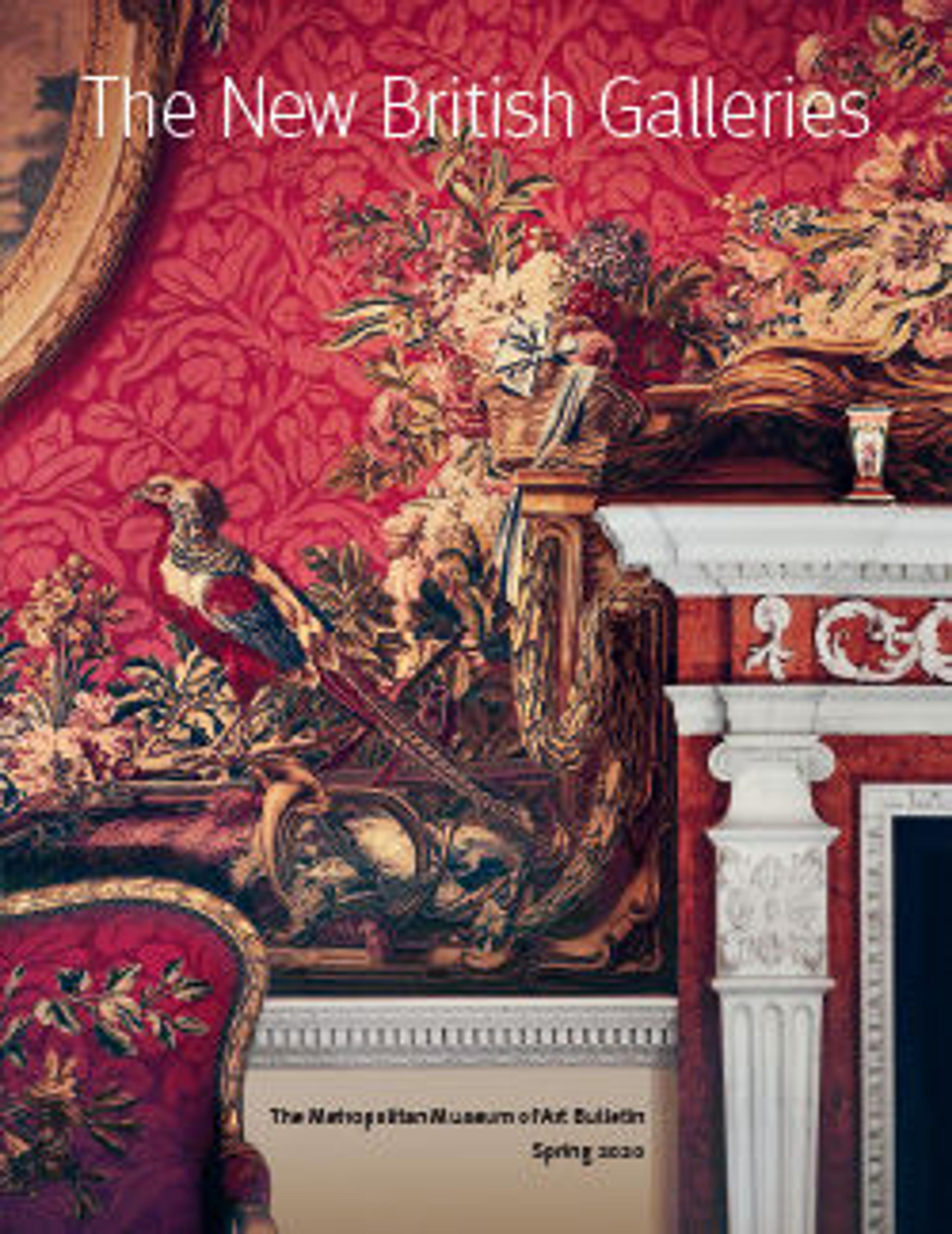Hanging depicting a European conflict in South India
This multilayered tableau of a battle is the most spectacular, complex, and complete surviving example of a rare chintz history painting. The hanging may celebrate the successful 1760–61 English siege of Pondicherry, on the southeast coast of India, headquarters of the French East India Company. The English forces (under a stylized Union Jack) are shown fighting alongside allied local soldiers. Indian regiments appear to be distinguished by dress—Muslims with long gowns and bushy beards, the Hindus in skirt cloths—indicative of the complex web of regional alliances forged by the European trading companies. Two ships (upper register, center) flying a simplified version of the triple fleur-de-lis and crown, the insignia of the French East India Company flag from 1756, represent the defeated French.
Artwork Details
- Title: Hanging depicting a European conflict in South India
- Date: before 1763
- Culture: Indian, Coromandel Coast, for British market
- Medium: Cotton, plain weave (drawn and painted, mordant and resist dyed)
- Dimensions: Overall: 116 3/4 × 103 in. (296.5 × 261.6 cm)
- Classification: Textiles-Painted and Dyed
- Credit Line: Purchase, Harris Brisbane Dick Fund and Louis V. Bell Fund; Larry and Ann Burns and Brett and Sara Burns Gifts, in honor of Austin B. Chinn; and Austin B. Chinn and Joseph Conforti and Douglas Jakubowski Gifts, 2014
- Object Number: 2014.88
- Curatorial Department: European Sculpture and Decorative Arts
More Artwork
Research Resources
The Met provides unparalleled resources for research and welcomes an international community of students and scholars. The Met's Open Access API is where creators and researchers can connect to the The Met collection. Open Access data and public domain images are available for unrestricted commercial and noncommercial use without permission or fee.
To request images under copyright and other restrictions, please use this Image Request form.
Feedback
We continue to research and examine historical and cultural context for objects in The Met collection. If you have comments or questions about this object record, please contact us using the form below. The Museum looks forward to receiving your comments.
